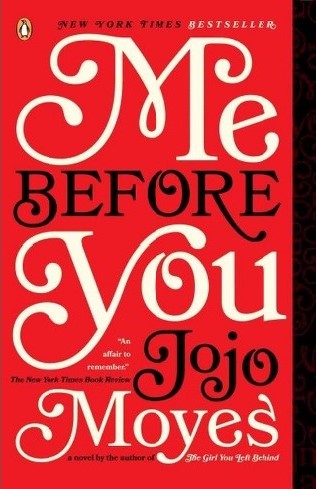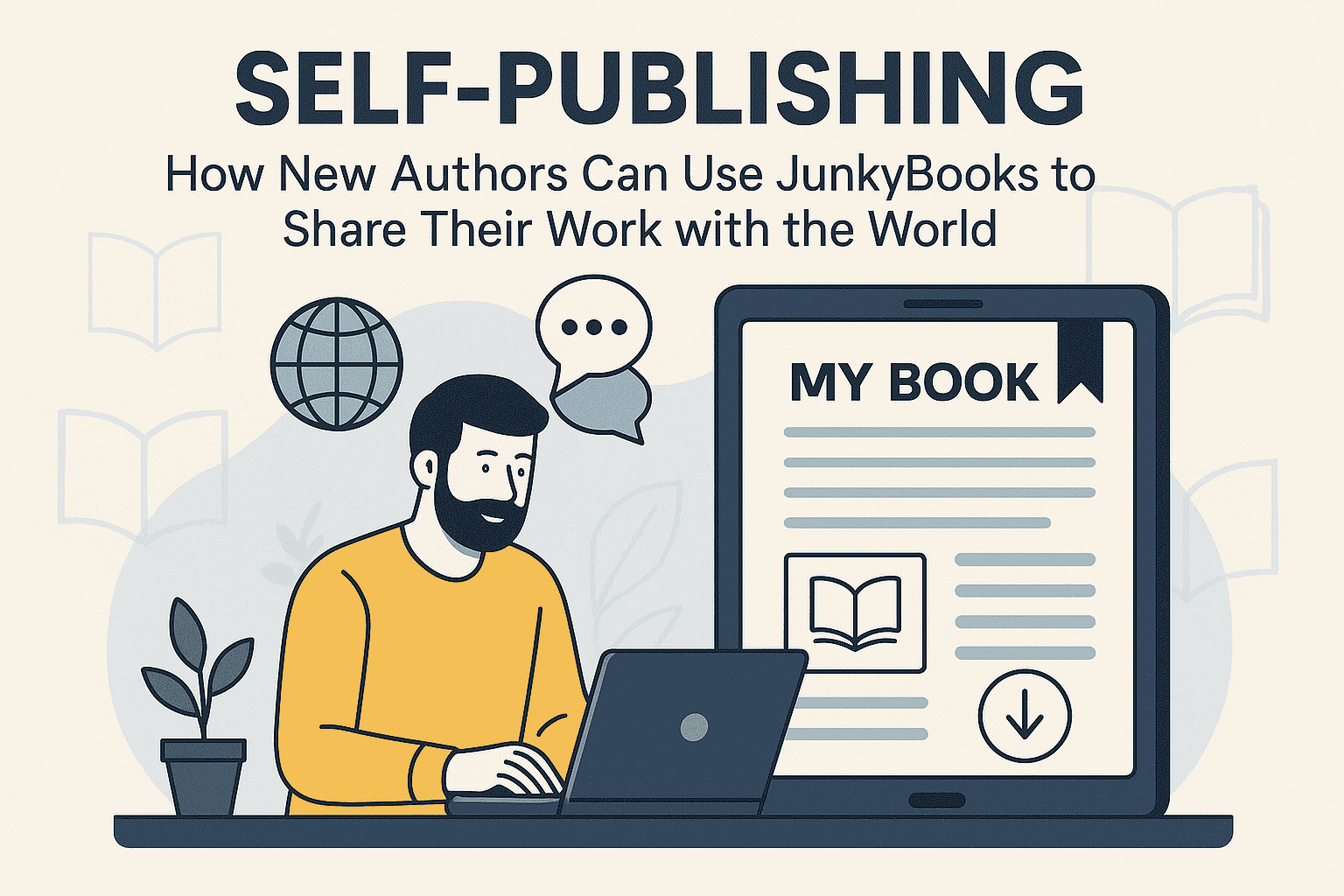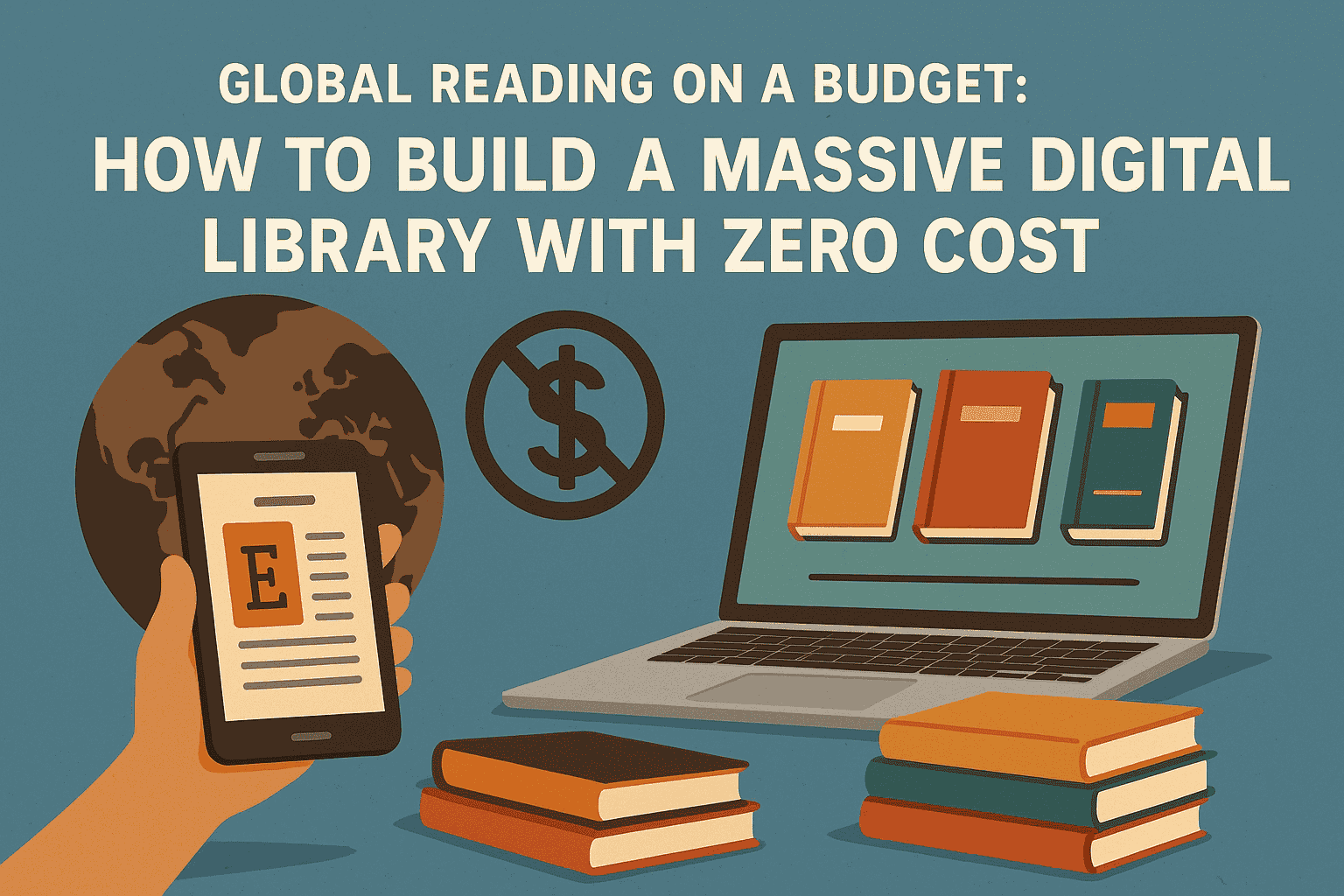Women in Charge: Fictional Depictions of Female Business Leaders
In literature, the portrayal of women in business has evolved from the margins of support roles to center stage as ambitious, capable, and often trailblazing figures.
These characters not only challenge gender stereotypes but also present compelling narratives of leadership, resilience, and transformation. Female business leaders in fiction offer a unique lens into the intersections of gender, power, and enterprise—providing readers with nuanced portrayals of what it means to lead in worlds often dominated by male counterparts.
This article explores how fiction has depicted women at the helm of businesses, empires, and industries, highlighting key examples that reflect broader societal changes and gender dynamics in the corporate world.
Breaking the Glass Ceiling: The Rise of the Female Executive
Many novels portray women breaking into traditionally male-dominated industries, confronting both external opposition and internal doubt. These characters are often the first—or the only—female leaders in their respective spheres, making their journeys emblematic of broader struggles for equality.
In The Devil Wears Prada by Lauren Weisberger, Miranda Priestly, the formidable editor-in-chief of a high-fashion magazine, commands her empire with razor-sharp precision. While often portrayed as icy and unapproachable, Miranda also exemplifies the double standards women in leadership face: where male bosses are admired for toughness, female bosses are criticized for the same. The novel—and its later film adaptation—sparked discussions about how female authority is judged more harshly than male dominance.
Similarly, in Lean In by Sheryl Sandberg (part memoir, part manifesto, yet written with a narrative flair), the challenges of being a woman in the boardroom are unpacked with candor and insight. While not fictional, the book has inspired countless character arcs in business-themed novels, shaping how authors and audiences perceive female ambition.
Entrepreneurial Spirit: Women Who Build from the Ground Up
Fictional female entrepreneurs bring fresh energy to business literature, showing how women create value not just within existing systems, but by redefining the systems themselves. These characters embody vision, creativity, and risk-taking.
In Lessons in Chemistry by Bonnie Garmus, Elizabeth Zott starts as a brilliant but underappreciated chemist in a male-dominated field. Through a series of unexpected turns, she becomes the host of a cooking show that transforms into a feminist platform. Though not running a company in the traditional sense, Elizabeth exercises significant cultural and economic influence. Her character challenges conventional ideas about entrepreneurship, showing how leadership can emerge in unlikely forms.
Big Little Lies by Liane Moriarty also features female characters who navigate professional life, business ownership, and family responsibilities. While the novel centers more on domestic life and relationships, several protagonists juggle successful careers and personal branding, offering insight into the complex realities of working women.
Legacy Builders: Women at the Helm of Family Empires
Some of the most compelling portrayals of female business leaders involve characters who inherit family businesses or fight for control within legacy-driven environments.
In The House of Gucci by Sara Gay Forden, Patrizia Reggiani’s rise and fall within the Gucci dynasty—though based on real events—is told with novelistic flair. Patrizia is ambitious, bold, and ultimately destructive, reflecting the perils and privileges of power. Her involvement in the brand’s business decisions and internal politics reflects the blurred lines between personal ambition and corporate governance.
A fictional counterpart appears in novels like The Inheritance of Loss by Kiran Desai, where female characters often negotiate control over wealth and property amidst family conflict and colonial hangovers. Although not overtly corporate, these power dynamics mirror business leadership in layered, symbolic ways.
Work-Life Balance and Sacrifice: The Human Side of Leadership
Fiction also excels at showing the personal sacrifices that come with leadership. Female business leaders in novels are often portrayed not just as visionaries, but as women making difficult choices about family, relationships, and personal fulfillment.
In I Don’t Know How She Does It by Allison Pearson, Kate Reddy, a hedge fund manager and mother of two, battles to maintain her professional identity while meeting the demands of home life. The novel humorously and poignantly addresses the guilt, exhaustion, and judgment women often face while climbing the corporate ladder.
These narratives remind readers that success often comes at a personal cost—and that for women, societal expectations can make the burden even heavier.
Complex and Flawed: Moving Beyond the Superwoman Trope
Modern fiction increasingly rejects the “flawless superwoman” archetype, opting instead for complex female characters who are brilliant but fallible, assertive but vulnerable.
In Such a Fun Age by Kiley Reid, Alix Chamberlain is a white feminist entrepreneur whose brand of empowerment is built on curated authenticity. She becomes both a mentor and a manipulator, revealing how privilege and performative politics can shape business personas. Alix is not evil, but she is complicit in a system she claims to critique—a contradiction that makes her character richly compelling.
The Startup Wife by Tahmima Anam follows Asha Ray, a brilliant coder who co-founds a tech company with her charismatic husband. As the business grows, Asha finds herself increasingly sidelined. Her journey becomes one of reclaiming agency, questioning not only Silicon Valley sexism but also the compromises women make in romantic and professional partnerships. The novel is both satirical and serious in its portrayal of female leadership in tech.
Mentorship, Sisterhood, and Female Solidarity
One of the emerging themes in recent fiction is the importance of female networks and mentorship. Rather than pitting women against each other, these stories highlight the power of collaboration over competition.
In The Bold Type (inspired by real-life editor Joanna Coles), the female leads navigate careers at a fashion magazine with the support of a strong mentor and one another. Though originally a TV series, its storytelling structure has parallels in contemporary fiction, where professional growth is shown not as a lonely climb but a collective effort.
Novels that explore coworking spaces, female-led startups, or activist-driven enterprises increasingly feature diverse casts of women supporting each other through career challenges, highlighting the importance of emotional intelligence, shared experience, and resilience in leadership.
Conclusion: Rethinking Leadership Through Fiction
Fictional portrayals of female business leaders offer more than just stories of professional success—they serve as cultural commentary on gender, ambition, and power. These characters push boundaries, make mistakes, inspire change, and often redefine success on their own terms.
As more stories center women in positions of influence, readers gain access to richer, more varied narratives that reflect the true spectrum of female leadership. From Miranda Priestly’s icy elegance to Elizabeth Zott’s reluctant stardom, from entrepreneurial underdogs to legacy dynasts, these characters illuminate the challenges and triumphs of women in business.
Through their stories, fiction not only reflects reality but also helps reshape it—by envisioning futures where women lead boldly, ethically, and unapologetically.
Would you like this formatted into a series for blog posts or adapted for junkybooks’ audience?









